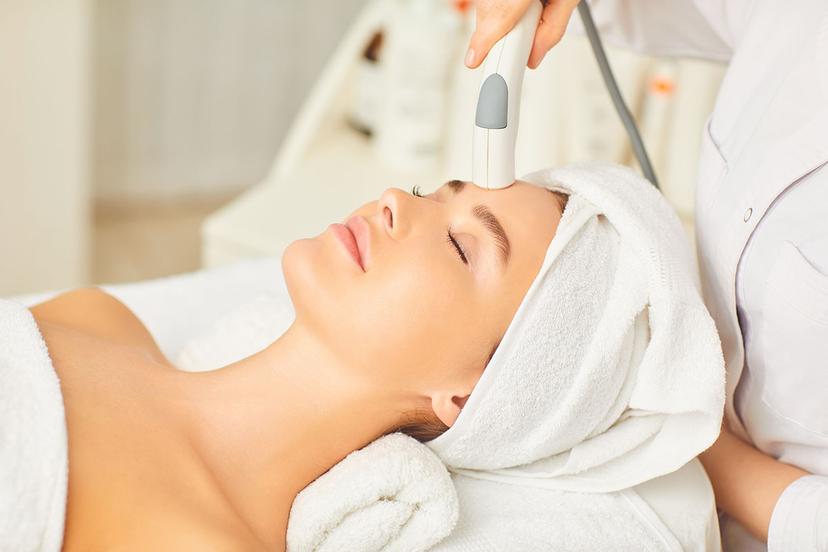Cosmetology

Background
From a new summer hairdo to a milk-and-honey facial, from a leg waxing to an eyebrow plucking, cosmetologists provide a wide range of beauty and health services. Back when a shave and a haircut were two bits, men spent their lunch hours relaxing in hydraulic barber chairs for hot, aromatic shaves. Meanwhile, women got their hair done in beauty salons, while also indulging in occasional manicures and facials. This attention to skin care and hair care is no longer regarded as an indulgence: The cosmetology industry is at the forefront of new attitudes regarding mind/body awareness, relaxation techniques, nutrition, and spirituality. Now, men and women frequent the same salons, paying the same kind of attention to their hairstyles and appearance. Spas, which were considered the domain of rich older women for most of the 20th century, have become vacation spots of choice for men and women, young and old. And cosmetology, because of its stability, growth potential, and financial security, has been highly ranked in recent career surveys by Money, Women's World, and the U.S. Department of Labor.
Cosmetologists work in many different settings; they may rent a chair in a local hair styling salon or body-wrap spa guests at a tropical resort. "Day spas" are cropping up across the country, opening up jobs for cosmetologists with experience in massage, facials, nail care, and hydrotherapy. To compete, hair and nail salons are expanding to include additional rooms for face and body treatments. Fitness centers are also expanding their lines of service and are hiring massage therapists and spa attendants. New treatments, like aromatherapy, and new products, like herb-based, chemical-free cosmetics, require the industry to constantly change, adapting to trends and attitudes. But cosmetologists aren't limited to the spa and beauty salon. A variety of jobs are available at the fringe of the cosmetology industry. Cosmetologists work in films, at recreational parks, cosmetology schools, funeral homes, and health clubs.
The earliest beauty salons were in caves where prehistoric humans decorated their bodies with the pigments they used to paint the cave walls. Ancient Egyptians also painted their bodies, but paid the most attention to decorating the eyes. This eye treatment was both for beauty and health—the dark paint protected their eyes from insects and the harsh sunlight. Egyptians also dyed their skin and hair with henna, a practice that eventually caught on in Rome and even regained popularity at the end of the 20th century. In ancient India and medieval Europe, hair and body decoration was practiced only by the upper classes and by royalty. Throughout history, everything from beet juice to lethal white lead has been used to decorate the skin and hair. By the 1700s, the men and women of Europe wore stark white face powder, powdered wigs, and bright red lip rouge. Makeup was toned down by the Victorian age; a more reserved attention to cosmetics was then stimulated by early-twentieth century advertising. Advertising is still a very important part of the cosmetology industry. Magazines, TV, and other media promote glamour, beauty, and fashion trends.
In the 21st century, more independent organizations opened to rent space to individual operators. This gave professionals with established clientele the opportunity to be self-employed without the risk and expense of opening their own salon. However, owning a salon is a goal many professionals have. Others may choose to be more formally associated with the beauty industry by working for a company that manufactures, markets, and distributes beauty products.
